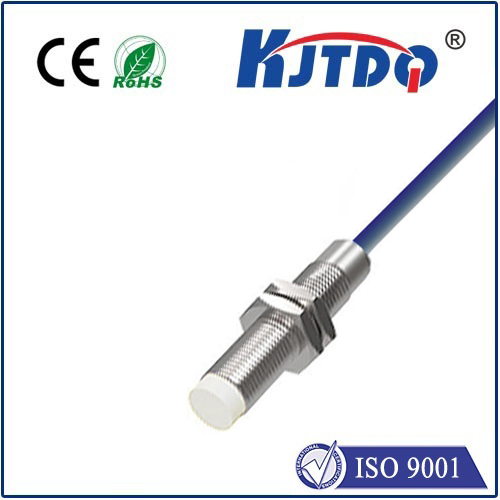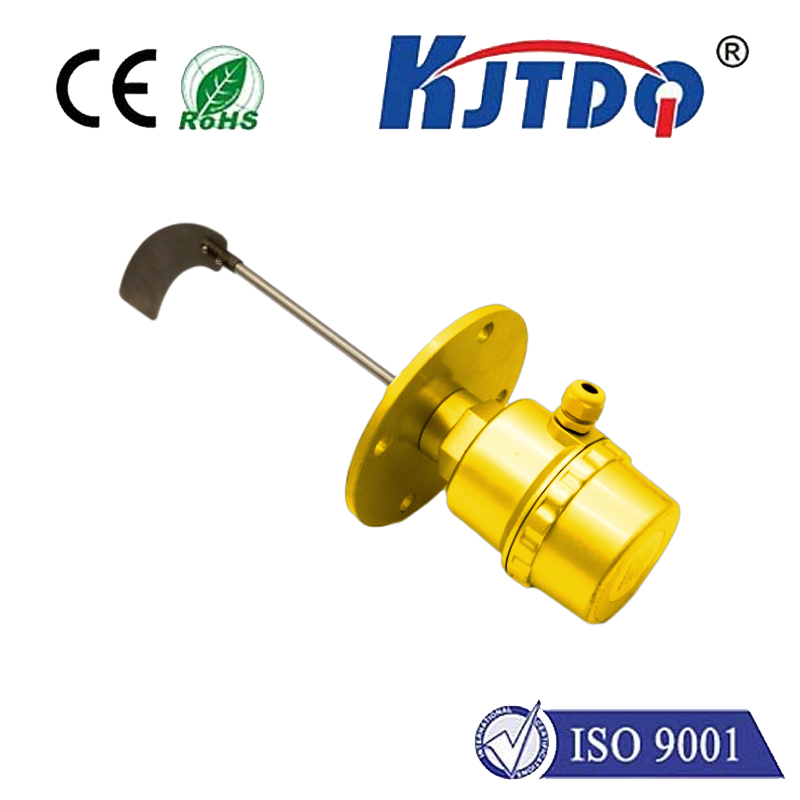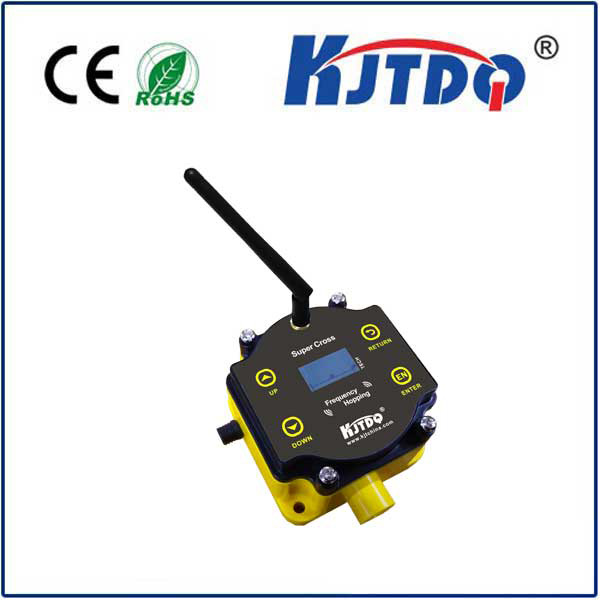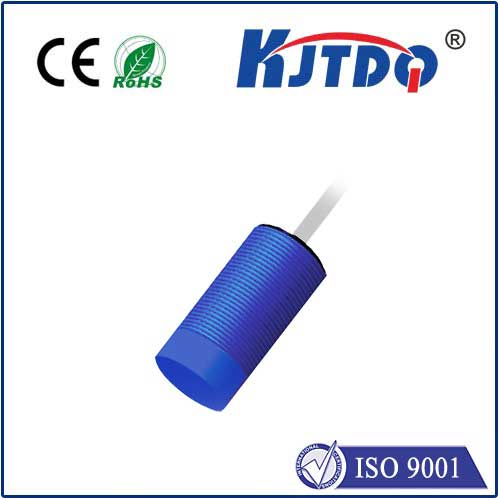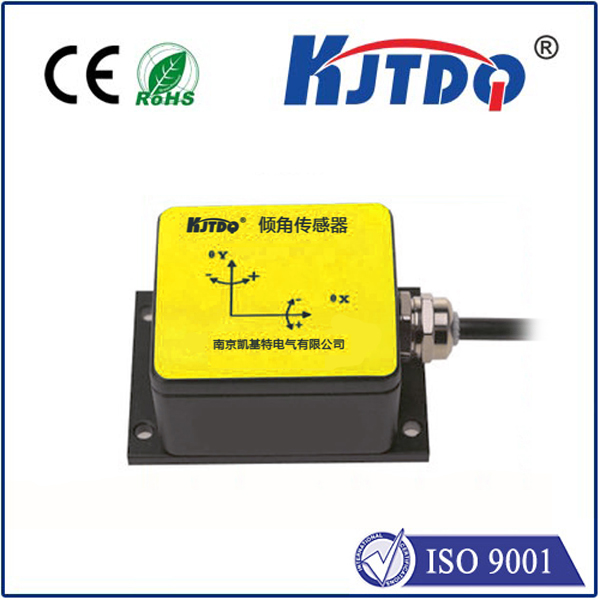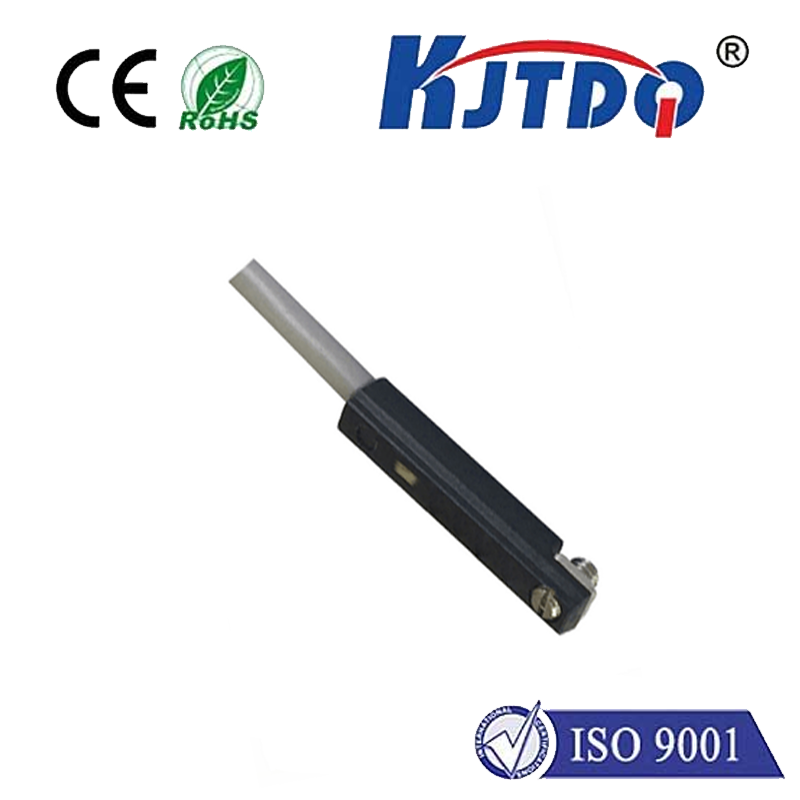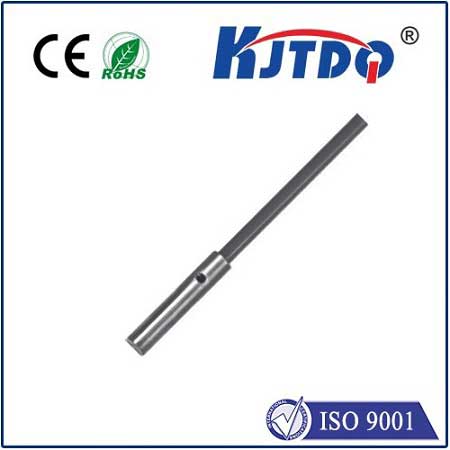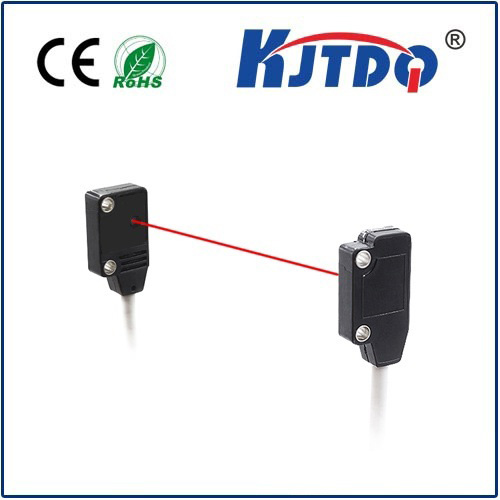

check

check

check

check
That moment of heart-stopping tension when a massive overhead crane rumbles towards its end-of-track limit. Without a critical, often overlooked component, the consequences could be catastrophic – damaged infrastructure, mangled loads, injuries, or worse. This essential guardian is the Crane Position Switch, a fundamental safety device ensuring precise movement control and preventing dangerous over-travel.
Far from being a mere accessory, the crane position switch (often referred to as a limit switch or travel limit switch) is an integral part of any safe and reliable hoisting system. Its core function is elegantly simple yet profoundly important: to detect when a crane bridge, trolley, or hoist unit reaches a predefined point in its travel path and immediately cut off motion in that direction. Think of it as an automated sentry, constantly monitoring the crane’s position and stepping in to enforce boundaries.
How the Crane Position Switch Operates
Position switches are typically electromechanical sensors strategically mounted along the crane’s runway or on the crane structure itself. Common types include:
As the crane approaches its designated endpoint – whether the end of the runway bridge travel, the extremes of trolley traverse, or the upper/lower limits of the hoist hook – the crane limit switch is triggered. This action instantly interrupts the power supply to the drive motor(s) moving in that specific direction. Simultaneously, it often prevents the motor from restarting in the over-travel direction until the crane is moved back into the safe operating zone. This fail-safe mechanism is paramount.

The Cost of Failure: Why Position Switches Are Non-Negotiable
Imagine the ramifications if a crane position switch was absent or malfunctioning:
These aren’t hypotheticals; they are real dangers mitigated daily by properly installed and maintained position limit switches. Compliance with stringent safety regulations like OSHA, ANSI/ASME B30 standards, and CMAA specifications demand their reliable operation. Regular inspection, testing, and preventive maintenance of these switches are not just best practices; they are legal and ethical imperatives.
Beyond Safety: The Efficiency and Productivity Boost
While safety is the paramount concern, robust crane position switch functionality significantly contributes to operational efficiency:
Choosing the Right Crane Position Switch
Not all position switches are created equal. Selecting the appropriate type depends on several factors:
Consulting with crane manufacturers or specialized switch suppliers is crucial to ensure the selected crane limit switch meets the specific demands of the application and complies with all relevant safety standards.
The Silent Sentinel
In the dynamic world of material handling, where massive loads glide overhead, the crane position switch works silently in the background. It requires no constant operator intervention, yet its vigilance is unceasing. By enforcing critical travel boundaries, this essential device prevents disaster, safeguards personnel and equipment, minimizes costly downtime, and allows operations to run smoothly and confidently to the very edges of their capacity. Understanding its function and ensuring its reliability is not just good practice – it’s fundamental to safe, efficient, and responsible crane operation. When considering crane safety systems, never underestimate the vital role played by this precise position guardian.
